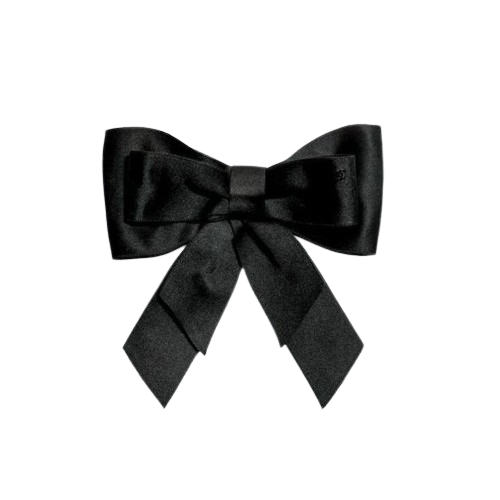The Enneagram
How I discovered typology
I started getting into the enneagram as a tool to help me write better characters in my stories. I remember watching a video on it then taking a look at the basic enneagram table with all the desires, fears, childhood wounds, etc and even that helped a lot with fleshing out my less developed characters.
After delving into the system for a bit, I became interested in typing both myself and the people around me. I gradually did more and more research on the enneagram and through this I discovered just how fun and interesting the world of typology is.
What is the Enneagramm?
The enneagram is basically a typology system that focuses on a person's core beliefs, fears, and desires. While a system like MBTI or psychosophy looks more at how we see and interact with the world, the enneagram looks at our beliefs about the world and how that impacts our behaviour.
The enneagram is not meant to be happy or comforting. It points out our greatest flaws and insecurities that we may not be aware of ourselves. Many people use this as a way of self-development or self-improvement.
How does it work?
The enneagram is split into nine distinct types. The type that you identify the most with is called your core. Your core tells you what your greatest fears and desires are and why. It also defines how the later aspects (wings, instinctual variants, etc) are expressed.

Wings

Every type has two different wings. These are the types ajacent to the core. (eg. a type 2 can have 1 and 3 wings) The traits of the wings can influence the core types in certain ways. I will go more in depth on this when I look at each of the individual types, but an example would be how the 2 wing (wishes to be loved by being helpful and caring to others) can make a core 1 (wants everything to be "right") to be more outwardly critical of others, wishing to help others improve by pointing out what they are doing wrong and correcting them. Everyone has both wings of their type. Although they can be balanced, one wing is generally more dominant and pronounced over the other.

instinctual variants

Every type has 3 different instinctual variants: self-preservation (sp), social (so), and secual (sx). SP focuses on taking care of onseself, be it through money, health, etc. SO focuses on relationships on the larger scale, "reading people", belonging. SX focuses more on deeper 1 on 1 connections, as well as attraction and experiences / actions related to "passion". Each person has a dominant, secondary, and blindspot instinct. The blind instinct is generally something you don't really care about or understand. How each variant is expressed will depend on the type. For example, an SX 7 will differ greatly from an SX 1.

health

The way your enneagram type is expessed can differ greatly based on your level of health. You can integrate or disintegrate into a different type, meaning that although your core is still your core (beliefs, fear, etc), you may begin adopting the positive or negative traits of a different type. Which type you go to is shown on the lines in the basic enneagram circle. For example, a type 1 integrates into a 7 when healthy and disintegrates into a 4 when stressed. This means that they may become more open to new things and enthousiastic like a 7 when healthy, or feel like they're the only ones trying to do good (making them different) like a 4 when unleahty.
